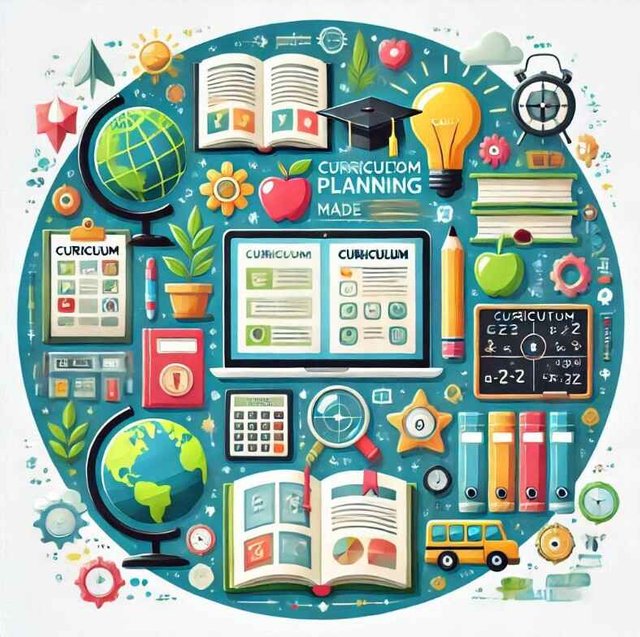Curriculum Planning for Modern Education: Key Strategies and Tools

As the educational landscape continues to evolve, curriculum planning has become more critical than ever in shaping the learning experiences of students. With the rise of digital learning, new teaching methodologies, and diverse student needs, modern curriculum planning requires a flexible, innovative approach. Schools that want to stay ahead of the curve must integrate new strategies, tools, and technologies into their curriculum design to provide a dynamic, inclusive, and engaging learning environment.
Key Strategies for Curriculum Planning
1. Blended Learning Approach
One of the most significant changes in education in recent years has been the rise of blended learning, which combines traditional face-to-face instruction with online learning. A blended curriculum offers students more flexibility and control over their learning while allowing teachers to incorporate a range of multimedia resources.
This approach not only enhances student engagement but also encourages self-directed learning. By integrating blended learning into your curriculum planning, you create opportunities for students to learn in various formats, making education more accessible and effective.
2. Focus on Critical 21st-Century Skills
In today’s rapidly changing world, students need more than just academic knowledge. Curriculum planning should focus on developing essential 21st-century skills, such as collaboration, communication, critical thinking, and creativity. These skills are vital for preparing students to succeed in an increasingly globalized and tech-driven workforce.